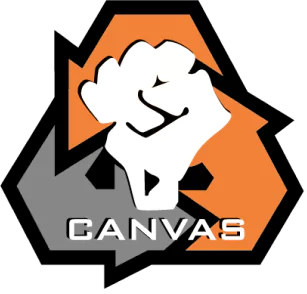Jul 15, 1978-1978
United States of America
The Longest Walk for Native American Rights
Share
ACTIVISTS/ACT.GROUPS/DESCRIPTION OF THE GROUP
American Indian Movement
TARGET
U.S. Government
WIDELY HELD BELIEF
Indigenous rights must be protected and agreements between the U.S. government and indigenous tribes should be upheld in good faith.
CASE NARRATIVE
Issue and Opponent: The United States had signed treaties with Native American nations back in the 1800s which granted these groups sovereignty as well as the right to maintain traditional relationships to the lands and waters that Native peoples had historically used. However, the U.S. government continually violated these treaties through land theft and forced assimilation. Additionally, the U.S. government had proposed 11 bills that focused on limiting rights to tribal government, hunting, and fishing, as well as restricting access to social services by closing Native schools and hospitals.
Dilemma Action: Native American activists began a march across the country, starting from Alcatraz Island in California to the nation’s capital. Some 30,000 activists arrived in D.C. to express the unequal treatment of Native populations and to defend indigenous rights as granted by nationally signed treaties. Once in the capital, activists continued to protest through marches in the city and speeches held by influential movement members such as AIM leader Clyde Bellecourt, Chicano leader Reies Lopez Tijerina, actor Marlon Brando, and U.S. Representative Donald Dellums. Movement leaders also symbolically camped out in front of the Washington Monument in tipi tents.
Outcome: The protestors were successful in preventing further abrogation of Native American treaties by preventing the 11 bills from being passed in Congress, but nothing was done to improve the status of indigenous sovereignty or land rights. The movement gradually lost traction after the Long Walk ended.
PRIMARY STRUGGLE/GOAL
NONVIOLENT TACTICS USED
DA TACTICS USED
Assemblies of protest or support
Displays of flags and symbolic colors
Marches
Prayer and worship
CASE NARRATIVE WRITER
SUCCESS METRICS
6 / 12
(CONC) Concessions were made
(MC) Media Coverage
(MSYMP) Media coverage was sympathetic to the activists
(PS) Dilemma action built sympathy with the public
(RF) Dilemma action reduced fear and/or apathy among the activists
(SA) Dilemma action appealed to a broad segment of the public
PART OF A LARGER CAMPAIGN
3 / 3
Activist group continued working together after the action
Encouraged more participants to join the movement
Internally replicated by the same movement
RESOURCES
Project documentation
Dilemma Actions Coding Guidebook
Case study documentation
Dilemma_Actions_Analysis_Dataset
SOURCES
U.S. Department of the Interior. 2023. “The Struggle for Sovereignty: Series Overview,” National Parks Service. Retrieved November 16, 2023. (https://www.nps.gov/articles/000/american-indian-activism.htm)
Rosenfield, Carly. 2011. “Native Americans walk from San Francisco to Washington, D.C. for U.S. Civil Rights, 1978,” Global Nonviolent Action Database. Retrieved November 16, 2023. (https://nvdatabase.swarthmore.edu/content/native-americans-walk-san-francisco-washington-dc-us-civil-rights-1978)
National Institutes of Health. n.d. “1978: ‘Longest Walk’ draws attention to American Indian concerns,” U.S. National Library of Medicine. Retrieved November 16, 2023. (https://www.nlm.nih.gov/nativevoices/timeline/546.html)
Teaching for Change. 2022. “July 15, 1978: The longest walk,” Zinn Education Project. Retrieved November 16, 2023. (https://www.zinnedproject.org/news/tdih/longest-walk-ends/#:~:text=Lehman%20Brightman%20and%20others%20in,D.C.%20accompanied%20by%2030%2C000%20marchers)
History.com Editors. 2022. “2,800 mile-long walk for Native American Justice concludes in Washington, D.C,” History. Retrieved November 16, 2023. (https://www.history.com/this-day-in-history/the-longest-walk-1978-end-washington-dc)
Franklin, Ben. 1978. “The ‘Longest Walk’ Was Designed to Raise Consciousness, Not Backlash, The New York Times. Retrieved November 17, 2023. (https://www.nytimes.com/1978/07/16/archives/for-indians-the-militancy-is-muted.html)
Related cases
Nov 12, 2015-2015
Brazil
In 2015, Governor Geraldo Alckman of São Paulo passed a bill to reorganize the public school system which would change the schools of over 300,000 students and impact ...
/
May 1, 2010-2010
Nepal
As part of the peace agreement of the 10-year civil war in Nepal, Maoist combatants would be gradually integrated into Nepal’s security forces. In April 2008, Maoists ...
/
Nov 9, 1943-1943
Belgium
The Belgian newspaper Le Soir stopped publication on 18 May 1940, a few days after the Nazi invasion of Belgium. It was relaunched by collaborationists and started to ...
/
Subscribe to our newsletters to get full access to all materials on our website.

